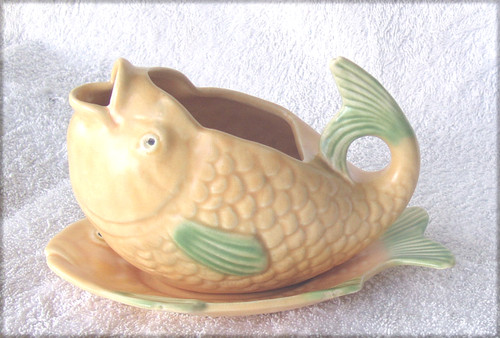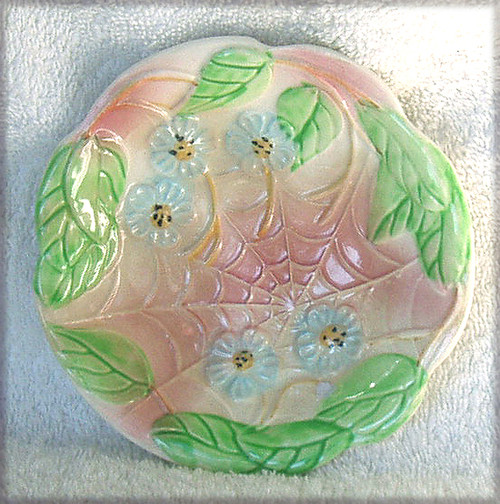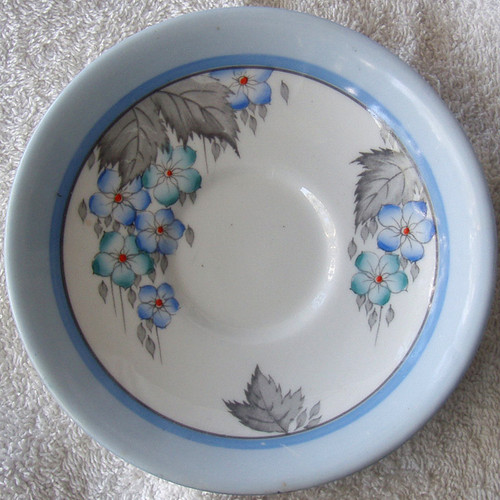One of our mystery ceramics from England.
We can find no references to a pottery works called Seaton or the trademark Seaton although it must be said that there were over 1500 pottery works operating in just the Stoke-On-Kent area since the 1700's and many did not stay in operation for a long period. There is a village called Seaton but that is in Devon and there seems to be no connection with that seaside village.
It is possible to give an approximate date to this piece based on the decoration design and the backstamp, but only an approximation.
SEATON (E) - Gravy Boat
Circa 1900 ~ 1921 ***See notes below about this 'guesstimate'
It could be that this is a piece from SEATONE, you can see the last E is set apart slightly from SEATON on the backstamp
Hand painted
Design: Pale blue colouring with small bush flowers & foliage in three areas
There is no gold gilding
Dimensions (medium size):
210mm spout to handle
80mm wide
Gravy bowl (excluding spout) is 120mm long x 70mm wide x 60mm deep
BACKSTAMP DETAILS
I have not seen this backstamp on other pieces. Dark blue graphics set into the shape of a triangle
with the words
IMPERIAL
SEATON E
ENGLAND
*** DATING THE BACKSTAMP ***
I don't have much information to work with but on most English ceramics the word ENGLAND (by itself) was used prior to 1921, after which it was more common for potteries to mark their item as MADE IN ENGLAND. Yes, I am drawing a pretty broad bow here but I think I am on the right track.
Next is the word IMPERIAL which probably is referring to the 'Imperial England' period 1815 ~ 1914 (100 years) so the earliest date for this piece would seem to be 1815 (very unlikely) and right up to around 1914. It is possible that this could be late 19th Century but it just 'feels' more like early 20th Century, so I have estimated the time period that this gravy boat was made to be 1900 ~ 1921
COSMETIC CONDITION:
NO cracks at all
NO chips or fleabites
Decoration is clean and undamaged, pale colouring but this is not fading but the way it was originally created.
Extensive crazing, not really surprising with a piece this old. The crazing (cracked glazing) is subtle but upon looking closely you can easily see it in most areas.
The most noticeable effect of the glaze failure is the light brown spots on the 'bottom inside' of the gravy boat, this is due to previous liquids (gravy) getting under the glaze and creating stains on the pottery itself or just moisture in the environment getting past the glaze and settling on the ceramic material and growing as a fungus/mould.
We obtained this gravy boat many years ago and immediately 'sterilised' it, no further degradation in the bowl area has occurred since.

















